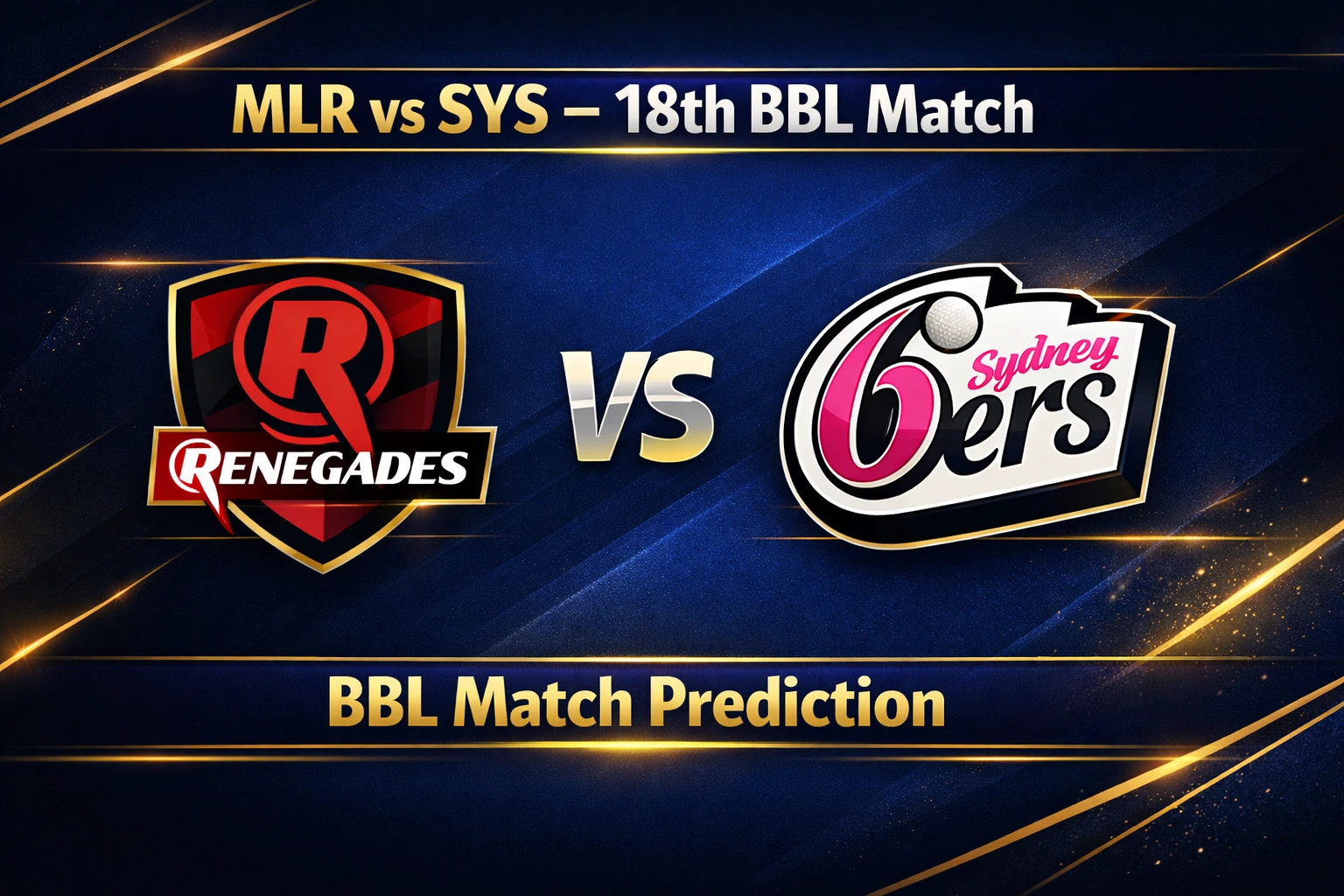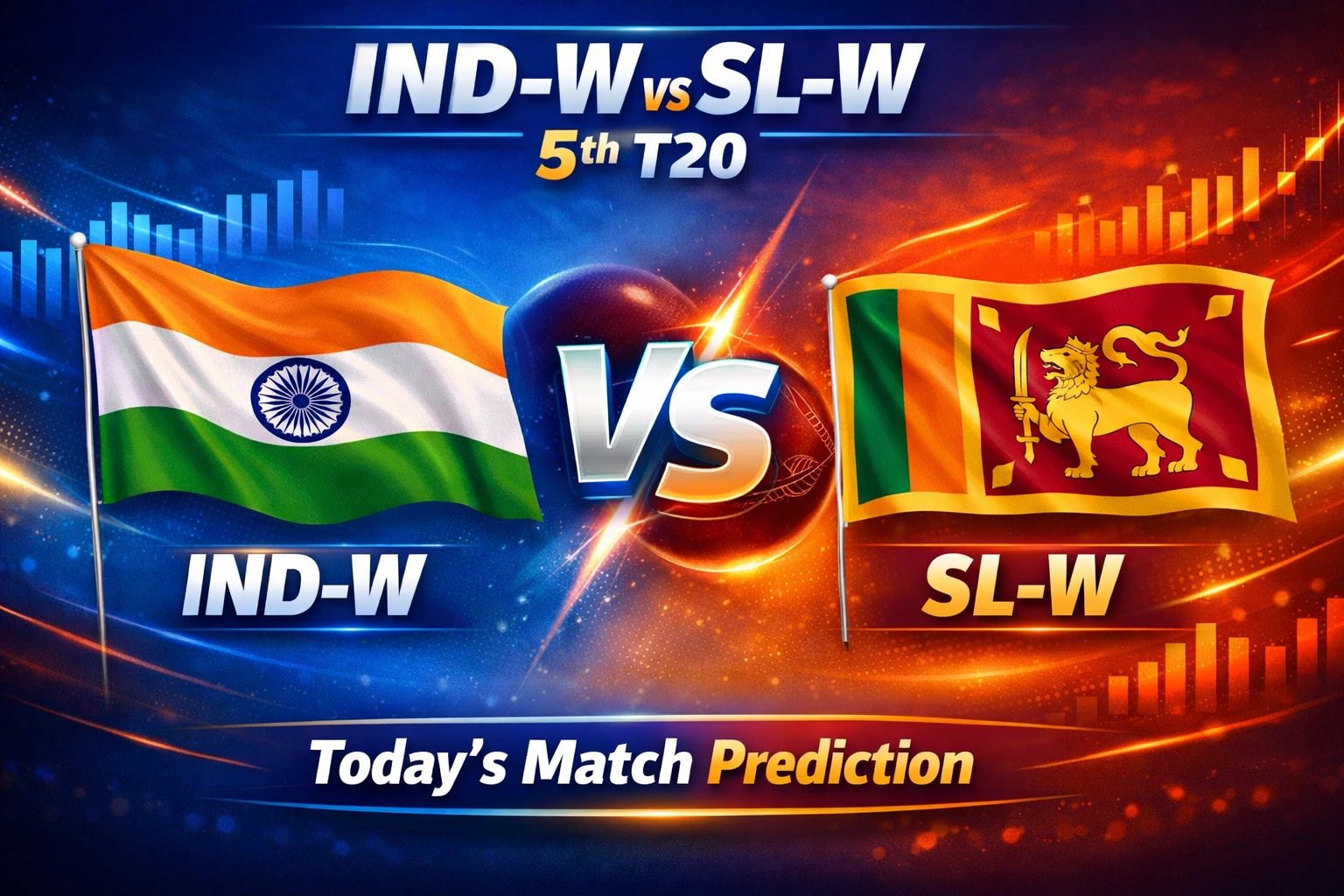Cricket can often surprise its audiences, with matches shifting unexpectedly at any moment. That is why fans seek reliable cricket betting tips, trusting your gut alone rarely works. Instead, smart predictions come from reading stats, player form analysis, and understanding conditions; so with advanced cricket betting tips you stop guessing and start making calls based on data trends instead of guesses!
The truth is, data never lies. Pay attention to stats, player form and match conditions; then start looking out for patterns most people miss – that’s where advanced cricket betting tips come into their own! Instead of tossing a coin, you begin making calls based on logic. And honestly, once you build the habit, it’s like having your own analyst’s desk right at home.
Let’s break it down step by step.
Team Form Isn’t Just Wins and Losses
Everyone looks at whether a team is on a winning streak or not. But here’s what many overlook: how did those wins or losses happen?
Consider this scenario–if a team has won four straight matches by scraping through in the final over each time, that doesn’t translate to dominating opponents with six to seven wicket victories. On paper they might look similar but in reality the story behind these numbers could differ considerably.
The key is to watch for patterns. Did the batting collapse and get rescued by one player? Are the bowlers giving away too many runs at the death? Those small details matter more than just the “W” or “L” on the record.
Player Form: Beyond the Averages
Player stats are gold, but only if you read them correctly. A batsman might average 40, but what if his last four scores are all in single digits? Or a bowler could have significant career numbers, yet in recent games he’s struggling with line and length.
It’s not just about raw averages; it’s about momentum. Players go through purple patches and lean phases. Spotting those trends gives you an edge.
Another angle to consider: format-specific performance. Someone who’s brilliant in Tests might not have the same impact in T20s. Similarly, a player who’s explosive in franchise leagues might not replicate that form in international matches.
Pitches and Venues Tell a Story
You’ve probably heard commentators say, “This is a 180-run wicket” or “Spinners will dominate here.” That’s not guesswork—it’s years of data.
Different grounds behave differently. Wankhede Stadium in Mumbai is known for producing big scores and sixes while Chepauk in Chennai tends to favour bowlers over batters. By watching 5-10 matches played at each venue, patterns should quickly emerge in their performance.
Example: If the average first-innings score at a ground is 150, expecting 200+ is unrealistic. On the other hand, if chasing teams have won 70% of games there, you know batting second has an advantage.
Toss Matters More Than You Think
Some fans shrug off the toss as luck, but it often changes everything. In T20s especially, teams love chasing because of dew in the evening. A slippery ball makes life tough for bowlers, and suddenly a 170 target looks gettable.
When making predictions, factor in what the toss winner usually prefers at that ground. If records show that teams batting second at Eden Gardens win more often, then the toss result isn’t just a coin flip—it’s a clue.
Head-to-Head Battles
Some teams simply possess an edge mentally over others. India and Pakistan, Australia versus England or South Africa versus New Zealand–these matchups carry with them long histories that shape how players approach a game.
As part of your research, go beyond simply reviewing overall head-to-head records; concentrate on recent years or individual venues as well. Even if one team seems dominant overall, taking note if they have lost three out of four matches at that stadium might be worthwhile.
Player vs Player Rivalries
This is where things get interesting. Cricket isn’t just about teams—it’s about individuals squaring off. Some bowlers have certain batsmen on a leash, while some batters love facing specific types of bowling.
For example, if Rashid Khan has dismissed a particular opener multiple times in T20 leagues, chances are he’ll trouble him again. On the other hand, if a batter averages 60 against left-arm pacers, you know he’s likely to cash in.
These little battles often decide games, and keeping track of them gives you an extra edge.
Weather and Match Conditions
We can’t control the weather, but it controls matches. Overcast skies in England help seamers, while humid conditions in Asia can wear down players quickly. Rain interruptions also bring the DLS method into play, which usually makes chasing easier.
So before you predict anything, always check the forecast. A sudden shower can tilt the balance of an entire match.
Following League Trends
Every tournament has its distinct rhythm; during one IPL season, high scores may reign supreme while during another bowlers might hold court. Such fluctuations often depend on pitch conditions, player fatigue levels and rule changes.
An effective strategy is to keep a notebook or spreadsheet that tracks average scores, top performers, winning patterns and any potential predictions you may make over time. Over time this becomes your guideline for future tournaments.
Balancing Safe and Risky Calls
Here’s the truth: no prediction is 100% guaranteed. That’s why the best approach is mixing safe picks with occasional risks.
Safe calls come from logic—like backing the team in better form or with stronger head-to-head stats. Risky ones might be predicting an underdog win based on favorable conditions.
The difference? Safe calls keep you consistent. Risky calls, when they land, bring huge rewards.
Understanding Odds and Their Meaning
Unsuspecting fans often underestimate the significance of odds. Odds are more than numbers from bookmakers – they serve as indicators of how likely an outcome is, based on data, expert analysis, and market trends. For instance, India may receive odds of 1.60 to win while three dollar odds on their opponent reflect greater risk but bigger reward.
Learning how to interpret odds takes practice and research, but when your analysis uncovers an underdog team with momentum, player form, and favorable conditions but underdog odds, that could be where true value lies. Conversely, any odds that seem too good to be true likely are!
Make decisions regarding cricket betting more balanced by considering odds as a guide rather than sole source, using advanced tips like team form analysis, venue history research and head-to-head statistics as tools for decision making.
Staying Updated in Real Time
All the stats in the world don’t matter if you fail to keep up with last-minute updates – injuries, team selection changes or sudden pitch changes could change everything dramatically in a matter of seconds.
Trustworthy platforms such as cricketbettingtips.org come in handy here, providing live insights, expert breakdowns and toss analysis that can help fine-tune your predictions just minutes before kickoff.
Wrapping It All Up
Predicting cricket isn’t about luck – it’s about discipline. By applying data alongside observation skills, your calls will become sharper and more reliable over time.
Cricket always delivers unexpected twists, which adds an extra dimension of enjoyment. By following advanced cricket betting tips, however, you are no longer just guessing; instead you are making educated predictions that could become reality.
For those serious about staying ahead, reliable sources can be essential in staying informed. Websites like cricketbettingtips.org go beyond providing numbers – they also explain them so fans gain real insights. When making decisions based on gut feeling alone, consider consulting data, analyzing trends, and supporting your decision with evidence-backed arguments.





